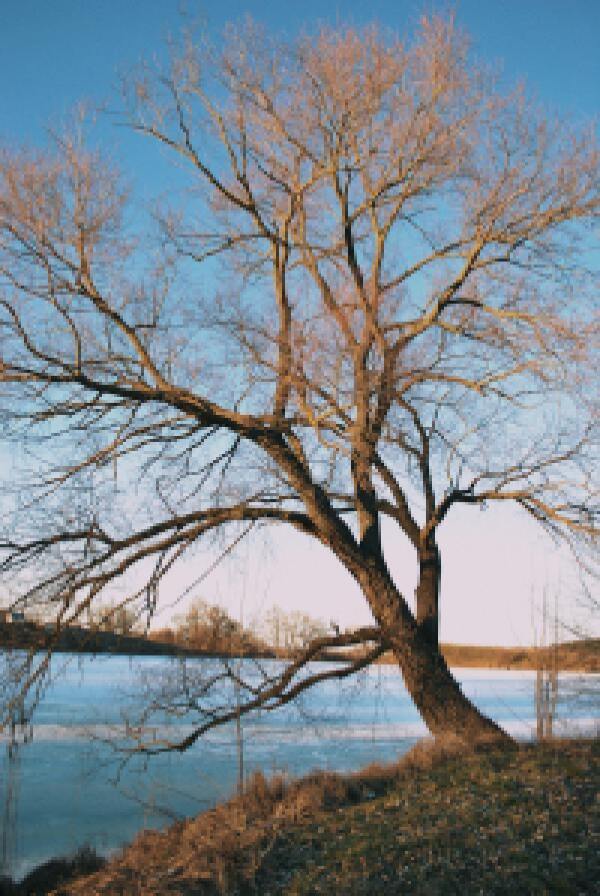Identifying and Managing Common Tree Diseases in Idaho

Identifying and Managing Common Tree Diseases in Idaho
Tree diseases are a common problem in Idaho. They can deform trees, stunt growth, and lead to tree death.
In 1981, heavy infection of ponderosa pine by red band needle blight was observed on the Nez Perce and Clearwater National Forests (figure 5). Discolored interior needles were also noted in south-central Idaho near Garden Valley.
Bark Beetle Infestations
In recent years, bark beetles in several species have wreaked havoc on forests throughout Idaho’s Sawtooth, Salmon-Challis, Caribou and Targhee national forests. The beetles, which are tiny, swoop in and take advantage of stressed trees that cannot fight back as well as healthy ones.
Because they attack weakened trees, root diseases and other factors can also contribute to outbreaks. For example, the fungus Armillaria, which attacks roots, is normally kept in check by a healthy tree’s natural defense systems. But if a tree is stressed, the fungus can quickly spread, causing damage and top-kill.
As a result, it’s important to keep down woody material on the forest floor to limit beetle habitat and prevent future outbreaks. And to prune correctly and scout for signs of infection during the season. Insecticides are not effective once an infestation takes hold, so preventing an outbreak is the best option. follow the link for more: www.boiseidtreeservice.com
Fireblight
The presence of fire blight, caused by a bacteria, can kill blossoms, leaves, twigs, branches and entire trees. The disease is spread by rain splashing, pollinating insects and pruning. It overwinters as cankers in the bark that ooze a brown, tan bacterial liquid. Blight-infected buds wilt and darken, giving the tree a burnt appearance (hence the name) before petal drop. Leaves turn yellow and shrivel, and branch tips dry and curl into sheaths that resemble a shepherd’s crook.
Managing fire blight requires preventative sprays, and pruning during the dormant season to remove infected tissue. When pruning, crews should find the edge of a visible canker and prune 12 inches beyond it to healthy wood. It is important to disinfect pruning tools between cuts. When applying biologicals for fire blight, it is best to apply early in the morning and wait for warm temperatures for spores to colonize and become effective. This is particularly important with fungicides.
Aspen Leaf Spot
While winter is generally a slow time for tree diseases in Idaho, we are seeing some fungal problems on aspen. The fungus Marssonina causes leaf spot on aspen (Populus tremuloides) and cottonwood trees. Spots appear on leaves with yellow halos and eventually merge to create large brown blotches. Leaves may also drop prematurely.
On residential properties, a good barrier fence can help prevent deer and elk from browsing aspen and rubbing antlers on the bark which can open large wounds that will allow disease organisms to enter. Providing adequate soil moisture can help as well. A fungicide can be applied as needed to control the disease.
This year needle blight on western larch was widespread in the Clearwater National Forest near the Lochsa River and in ponderosa pine in the Garden Valley area east of Banks. In addition, the fungus Comandra blister rust was reported on ornamental aspen in the Sawtooth National Recreation Area. Atropellis cankers were identified on lodgepole pine in the Island Park area and in the Grant Creek and Tripod Creek areas west of Smith’s Ferry.
Dwarf Mistletoe
Dwarf mistletoe (Arceuthobium microcarpum) spreads on conifers by specialized structures called “sinkers” that develop within the bark. The presence of the mistletoe is not recognized until two years after the host tree has been infested when a swelling of the tree’s branch or stem occurs at the site of the sinker.
Heavily infested hosts suffer from decreased growth, reduced cone and seed production, reduced wood quality and shortened life spans. They also become predisposed to other forest health problems, such as bark beetles.
Dwarf mistletoe is most prevalent on the Nez Perce and Clear Water National Forests in Idaho, but can be found in all timberland management units across the State. Management actions can be effective at reducing the severity of dwarf mistletoe infestations on conifers, but eradication is difficult. Pruning infected trees properly, scouting for symptoms throughout the growing season and avoiding windy weather during blooming are important steps to help control this disease.